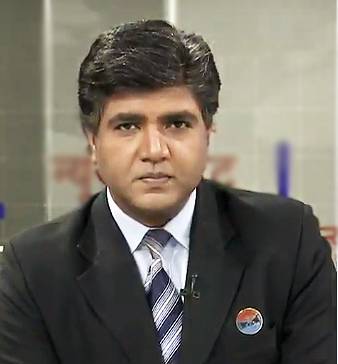Diverging Australian and Indian Views on the Indo-Pacific
Australia has a vital interest in preventing the Indian Ocean Region from becoming an arena of great power rivalry, including between India and China. The 2013 Defence White Paper clearly delineates the Indo-Pacific as an area of supreme importance to Australia. Developing a close strategic partnership with India is an important part of this strategy.
- Melissa H. Conley Tyler , Aakriti Bhutoria
- May 2015










